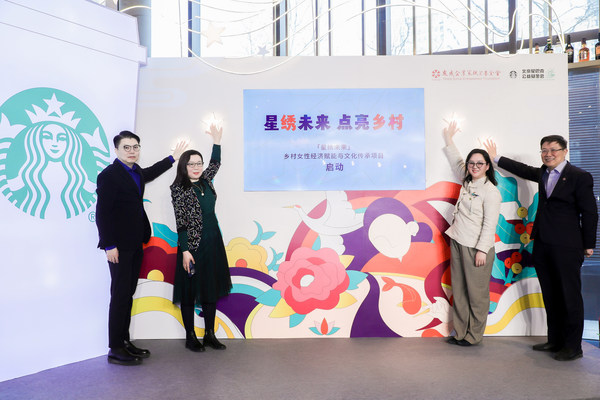LEXINGTON, Ky., Oct. 10, 2023 /PRNewswire/ -- The team behind GaliGear, the revolutionary new interactive learning tool that encourages creativity in science and engineering, will be exhibiting at the 2023 Chicago Toy and Game Fair on Saturday, November 4th and Sunday, November 5th. The team is currently looking for investors to help bring this wonderful and incredible product to the market. Meet the team and interact with GaliGear in Chicago!
Galileo once famously said that 'Curiosity is the key to problem solving.' It is in this same spirit that GaliGear is hoping to inspire creativity in science and unlock the imagination of children with an interactive space model that blends various disciplines of engineering. From building to observation, GaliGear is a stimulating learning tool that will keep kids curious and engaged.
"We envision GaliGear as being an interactive learning tool that will encourage kids to explore their creativity and the incredible world of science and engineering," says founder and CEO Daniel Guerand on the inspiration behind the project. "GaliGear exposes kids to various topics in science and engineering, shows them how different mechanical devices, electrical devices, and code work together to make something move and react, and helps them discover their passions."
At its core, GaliGear is an electro-mechanical model of the earth, sun, and moon. Kids will use their hands to build and create, learn how to interpret drawings and assembly instructions, and discover how things work, all while having fun doing it! Once complete, GaliGear will give kids a sense of accomplishment and show them that learning can be fun and exciting. Using a patented lighting system, the seventy-two LEDs make the sun on the model appear fluid and alive. Kids will be able to see and understand why the earth has seasons, why we have night and day, why eclipses occur and why the moon has phases. GaliGear is a moving display utilizing highly accurate orbital characteristics of the earth and moon, while also showing how they revolve around the sun.
"GaliGear takes a different approach to learning than most other solutions on the market. It's not just about building it and watching it work. It's learning about what you are building as you build it. This leads to questions and discussion about each topic introduced. Every component in GaliGear is a new world to explore," adds Guerand. "I believe in GaliGear, and believe it will bring great value to teachers, tutors, parents, and, most importantly, kids."
About GaliGear
The GaliGear Project is a team of engineers who have decades of experience in new product development and bringing new products to market. All of us have a passion for science and engineering.
GaliGear is being developed and managed under Engineering Drive Solutions, LLC.
SOURCE Engineering Drive Solutions

 Pages you might like
Pages you might like








 Latest information
Latest information
 Follow official account
Follow official account
 Online support
Online support
 鄂ICP备2022017323号
鄂ICP备2022017323号
 鄂公网安备 42018502006493
鄂公网安备 42018502006493
 Launch Exhibition
Launch Exhibition
 Release information
Release information



 Today's topic
Today's topic








